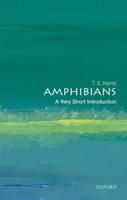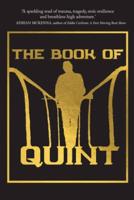Publisher's Synopsis
Excerpt from Dictionary of Birds, Vol. 3: Moa-Sheathbill
Moas are distinguished from all existing Ratitw in having a bony bridge on the anterior surface of the lower end of the tibia above the condyles (fig. The tarso - metatarsus (fig. 2) has three distal trochleae, and in most cases (according to Capt. Hutton probably all) carried a hallux. The beak (unlike that of the Kiwis) is short and stout; the form of the lower jaw being either U-like or V-like. The general form of the pelvis is very like that of the Kiwis but the sternum (fig. 3) differs by the absence of the superior notch, the more divergent lateral processes, and the abor tion or disappearance of the grooves for the coracoids.
About the Publisher
Forgotten Books publishes hundreds of thousands of rare and classic books. Find more at www.forgottenbooks.com
This book is a reproduction of an important historical work. Forgotten Books uses state-of-the-art technology to digitally reconstruct the work, preserving the original format whilst repairing imperfections present in the aged copy. In rare cases, an imperfection in the original, such as a blemish or missing page, may be replicated in our edition. We do, however, repair the vast majority of imperfections successfully; any imperfections that remain are intentionally left to preserve the state of such historical works.









